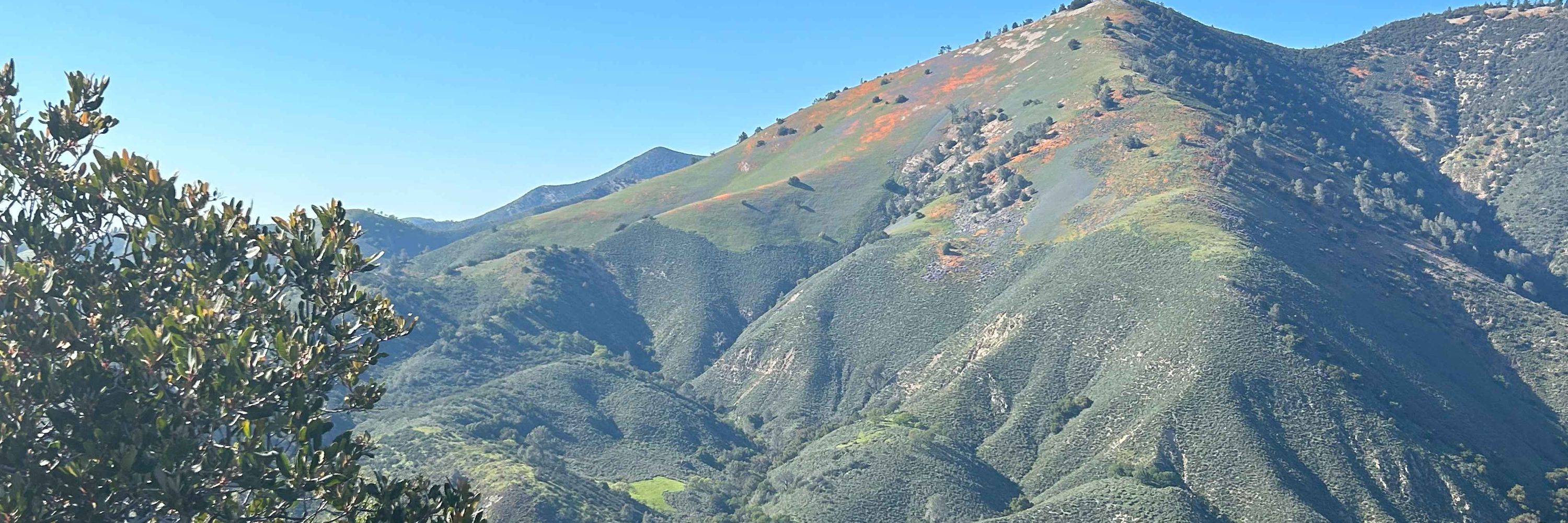Jacob Levine
@jacoblevine.bsky.social
860 followers
430 following
29 posts
Wilkes Postdoctoral Fellow at the Wilkes Center for Climate Science and Policy
@UniversityofUtah. Princeton PhD. Berkeley undergrad.
I use theory, experiments and stats to study biodiversity, fire, and forests.
Posts
Media
Videos
Starter Packs
Pinned
Jacob Levine
@jacoblevine.bsky.social
· Aug 18
Jacob Levine
@jacoblevine.bsky.social
· Aug 22
Jacob Levine
@jacoblevine.bsky.social
· Aug 22
Jacob Levine
@jacoblevine.bsky.social
· Aug 22
Jacob Levine
@jacoblevine.bsky.social
· Aug 22
Jacob Levine
@jacoblevine.bsky.social
· Aug 22
Jacob Levine
@jacoblevine.bsky.social
· Aug 21
Jacob Levine
@jacoblevine.bsky.social
· Aug 21

Megafires more likely to occur on private land than public forests, study finds
More than 44,000 fires have burned nearly 4 million acres across the U.S. so far in 2025, according to the National Interagency Fire Center, but only a handful have been megafires. A new study found t...
www.cbsnews.com
Reposted by Jacob Levine
Emily Carter
@emilycurates.bsky.social
· Aug 20

Industry managed forests more likely to fuel megafires, study finds
The odds of high-severity wildfire were nearly one-and-a-half times higher on industrial private land than on publicly owned forests, a new study found. Forests managed by timber companies were more l...
phys.org
Jacob Levine
@jacoblevine.bsky.social
· Aug 20
Jacob Levine
@jacoblevine.bsky.social
· Aug 20
Jacob Levine
@jacoblevine.bsky.social
· Aug 20
Jacob Levine
@jacoblevine.bsky.social
· Aug 20
Jacob Levine
@jacoblevine.bsky.social
· Aug 20
Jacob Levine
@jacoblevine.bsky.social
· Aug 20
Jacob Levine
@jacoblevine.bsky.social
· Aug 20

Extreme Weather Magnifies the Effects of Forest Structure on Wildfire, Driving Increased Severity in Industrial Forests
Wildfires are consistently more severe in private industrial forests than public ones. In this paper, we identify the drivers of this pattern. Namely, we show that fire severity is elevated in dense,...
onlinelibrary.wiley.com
Jacob Levine
@jacoblevine.bsky.social
· Aug 18







